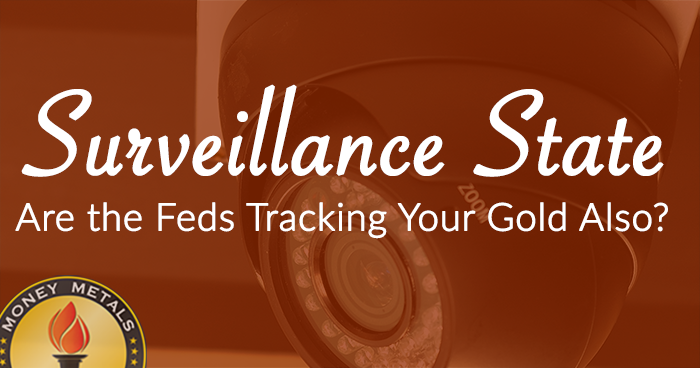Gold continues in the range established over the past several weeks of trading.
Meanwhile, even as palladium rallies and gets to within $20 of its highs for the year, silver can't seem to gain any traction. It now threatens to make new lows before embarking on an expected rebound off these extreme and rarely seen oversold conditions.
Volatility in the currency markets remains high, and the dollar should be watched. If the dollar weakens significantly from here, it may provide the catalyst needed to push gold and silver prices through the top end of their current ranges.
Stock markets rose once again on Friday – purportedly on the release of employment numbers showing economic recovery, but not strong enough for the Federal Reserve to begin a withdrawal of QE. This rationale was completely contradicted by action in the bond market. Bond prices fell significantly – reportedly on the consensus that the employment numbers were sufficient enough to justify Fed tapering.
We are witnessing just the sort of complete dependence of markets on monetary stimulus that has members of the Fed Advisory Committee alarmed. Very little matters except for investors' perceptions about whether or not QE will continue.
Some long-term cycles for gold are due to bottom around now. Acclaimed market technician Charles Nenner said he expects gold to bottom for the year by mid June – if it hasn't bottomed already. (Gold's lowest closing price of the year stands at $1,350, reached on April 15th.)
Precious Metals and Your Privacy
![]()
Privacy concerns dominate current headlines. It is worth noting that an investment in physical precious metal offers privacy advantages unrivaled by virtually any other asset class.
It appears the National Security Agency (NSA) and other agencies are completely out of control in their monitoring of electronic communications. But bullion is "off the radar" – the specific items you own are not registered or tracked in any central database. None of the high-tech tools these agencies are deploying can enable them to trace the movements of coins, rounds, or bars. You can transport your holdings within the country with complete anonymity. Officials will never be able to electronically freeze or confiscate your bullion from the comfortable confines of their own offices.

It is also worth reviewing Money Metals Exchange's policy on reporting. We report only in those extremely rare circumstances when it's legally required. We would never report a customer's purchase, except that we must comply with the anti money laundering provisions of the Patriot Act. The act includes provisions for reporting which apply to a tiny fraction of customer purchases.
For a disclosure requirement to be triggered, BOTH of the following conditions have to be met:
- The transaction is (or related transactions are) larger than $10,000 in size, AND
- Payment is made using actual cash (i.e. Federal Reserve notes and/or U.S. coins) or with two or more cash instruments (defined as money orders, cashier's checks, or traveler's checks) which, individually, are $10,000 or less but when totaled together equal more than $10,000.
Personal checks, debits, bank wires, and credit card payments are NOT considered cash or cash instruments. Therefore, purchases using them do not require us to make any disclosures regardless of their amount(s).
The IRS disclosure document involved is called Form 8300, and it's applicable to all cash transactions in the broad U.S. economy meeting the above conditions – not just precious metals transactions.
Fortunately, customers almost never need to worry about it. To date, Money Metals has completed nearly 100,000 individual transactions. Fewer than 10 required reporting. The same is true with regards to the SALE of your precious metals – transactions requiring reporting are exceptionally rare. Of all retail silver products, only pre-1965 "junk" silver coins are arguably subject to reporting on IRS Form 1099B, but only in quantities of $10,000 face value or more – nearly $200,000 of current silver value.
Sales of silver bullion rounds, 10-ounce bars, and 100-ounce bars never trigger a Form 1099B filing requirement. Sales of gold bars that are each smaller than one kilogram (32.15 ounces) absolutely do not trigger a 1099B – nor do sales of U.S. minted gold and silver coins such as the American Eagle.
However, sales of certain one-ounce foreign-minted gold coins (Krugerrands, Maples, and Mexican Onzas only) do require a 1099B when a customer sells 25 ounces or more. And finally, sales of platinum bars larger than 25 ounces and palladium bars larger than 100 ounces trigger a 1099B.
Potential Market-Moving News This Week
- Tuesday, June 11th – NFIB Small Business Optimism. Optimism picked up slightly in April, but remains well below average and below levels normally expected during a genuine economic recovery.
- Thursday, June 13th – Retail Sales. Recent reports show strength as consumers are encouraged by higher stock and real estate prices. This despite continued declines in real incomes.
- Friday, June 14th – Producer Price Index. Expect a report showing wholesale prices well contained. A weak PPI reading could stoke expectations of more Fed stimulus and cause the dollar to fall – a potential catalyst for higher precious metals prices.

About the Author:
Clint Siegner is a Director at Money Metals Exchange, a precious metals dealer recently named "Best in the USA" by an independent global ratings group. A graduate of Linfield College in Oregon, Siegner puts his experience in business management along with his passion for personal liberty, limited government, and honest money into the development of Money Metals' brand and reach. This includes writing extensively on the bullion markets and their intersection with policy and world affairs.





